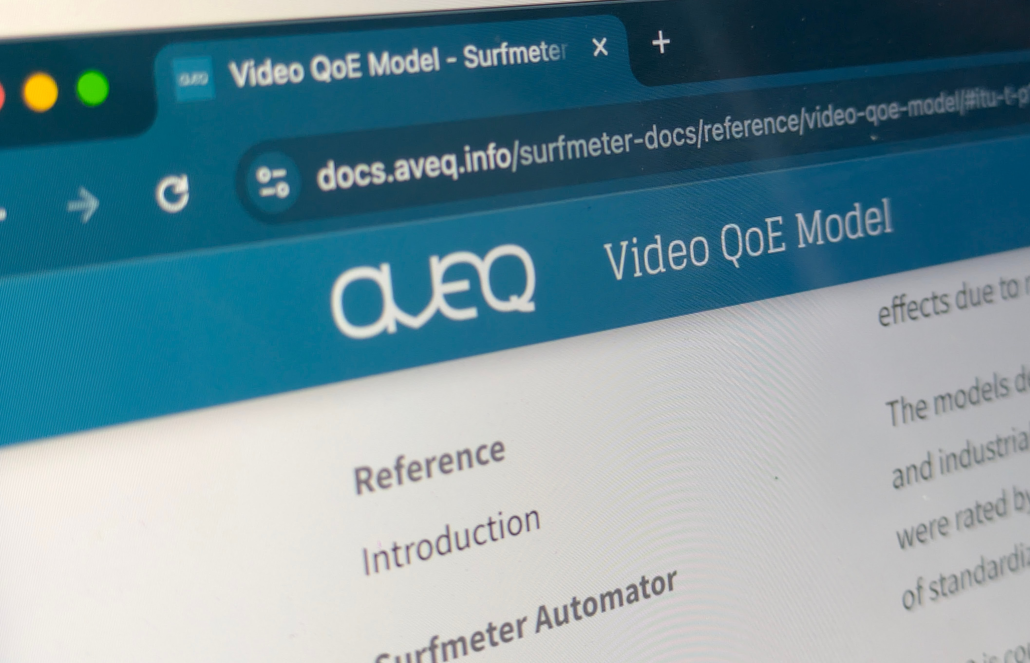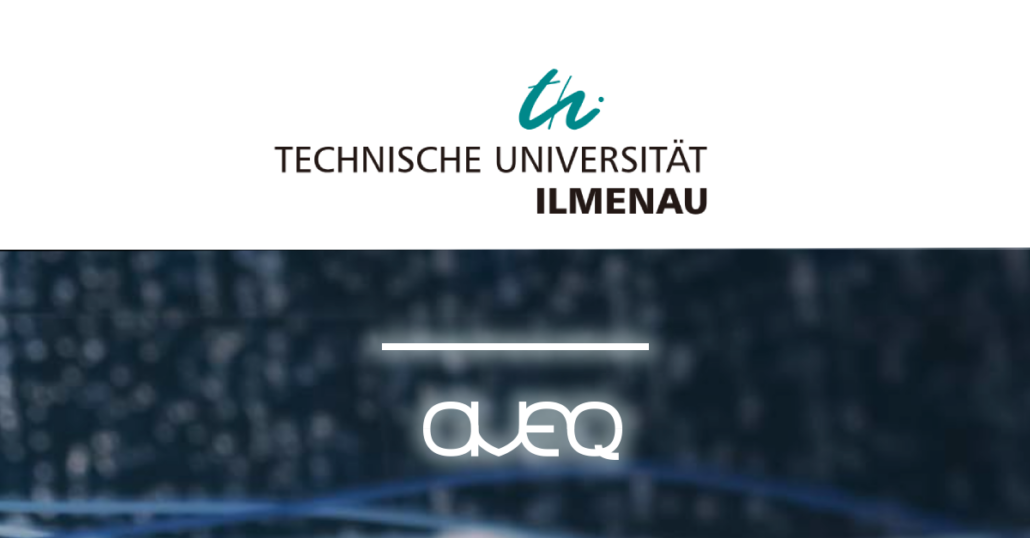Seamless web browsing isn’t just a convenience; it’s a fundamental expectation by end-users in our connected world. For Internet Service Providers (ISPs) and network operators, delivering a fast, responsive online experience is important to customer satisfaction and retention. When web pages lag or videos buffer endlessly, subscribers don’t just get frustrated—they start looking for alternatives.
But here’s the challenge: a modern webpage is rarely a single, monolithic entity. It’s a complex set of content delivered by multiple sources. Your favorite news sites, shopping platform, or streaming service likely pulls in text, images, scripts, and video from various Content Delivery Networks (CDNs), each optimized for different types of content or geographic regions. The overall loading performance and the perceived user experience depend on the coordinated delivery from all these CDNs. If even one of them fails, the entire experience can suffer.
At AVEQ, we’re constantly pushing the R&D envelope to give you deeper, more actionable insights into this aspect. That’s why we’re thrilled to roll out a powerful new CDN analysis feature within our Surfmeter platform, designed to help you diagnose and tackle these very challenges head-on. Read on to find out more!
Read more



